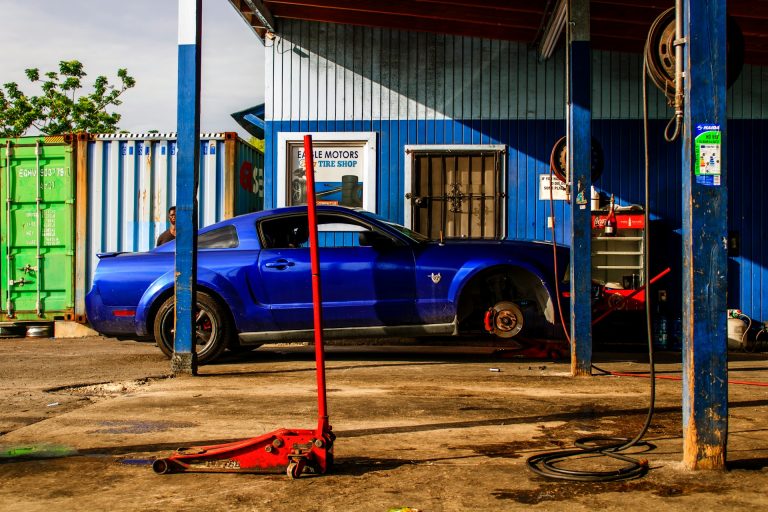10 Common Floor Tile Mistakes and How to Avoid Them

Tiles are a popular choice for many homeowners due to their durability, aesthetic appeal, and ease of maintenance. However, a poorly executed tile installation can lead to costly and frustrating mistakes. Whether you’re a DIY enthusiast or hiring a professional, avoiding these common floor tile mistakes will help ensure a smooth, long-lasting finish.
Not Preparing the Subfloor Properly
Mistake: Many people skip the crucial step of preparing the subfloor before installing tiles. Uneven surfaces, dirt, and moisture can lead to loose or cracked tiles over time.
Solution: Ensure that the subfloor is clean, level, and dry before installation. Use a self-leveling compound if necessary to create an even surface.
Choosing the Wrong Type of Tile
Mistake: Some tiles are designed for walls rather than floors, and choosing the wrong type can lead to breakage underfoot. Additionally, some tiles are too slippery for areas prone to moisture.
Solution: Opt for floor-specific tiles that are rated for high traffic. In wet areas, choose slip-resistant tiles with a textured surface to enhance safety.
Not Planning the Layout in Advance
Mistake: Many homeowners start tiling without considering the layout, leading to uneven cuts and awkward placements at the edges of the room.
Solution: Dry lay the tiles before installation to plan the best layout. Aim to have symmetrical cuts and avoid placing thin slivers of tile at the edges.
Incorrect Tile Spacing
Mistake: Tiles that are too close together or spaced too far apart can result in an unprofessional finish and weak grout lines.
Solution: Use tile spacers to maintain consistent gaps. The size of the spacer depends on the tile and aesthetic preference, but 2mm-4mm is common for floor tiles.
Using the Wrong Adhesive
Mistake: Not all adhesives work for all tiles and substrates. Using the wrong type can lead to tiles not bonding correctly.
Solution: Select an adhesive suitable for your tile material (ceramic, porcelain, stone) and the subfloor type (wood, concrete, etc.). Follow manufacturer recommendations carefully.
Not Applying Enough Adhesive
Mistake: Inadequate adhesive application can create air pockets, leading to weak tiles that can crack or come loose.
Solution: Use a notched trowel to apply adhesive evenly. Back-butter large tiles by applying adhesive directly to the back of the tile for extra grip.
Skipping the Grouting Step Too Soon
Mistake: Grouting before the adhesive is fully set can lead to shifting tiles and an uneven finish.
Solution: Wait at least 24 hours before grouting to allow the adhesive to cure completely. Follow the recommended drying times for best results.
Using the Wrong Type of Grout
Mistake: Grout comes in sanded and unsanded varieties. Using the wrong type can lead to cracks or poor adhesion.
Solution: Use sanded grout for joints wider than 3mm and unsanded grout for narrower gaps. Consider using epoxy grout for high-moisture areas to prevent mold growth.
Not Sealing the Grout Properly
Mistake: Grout is porous and can absorb dirt and moisture, leading to discoloration and mold if left unsealed.
Solution: Apply a grout sealer after the grout has dried to protect it from stains and moisture. Reapply as needed for long-term protection.
Ignoring Expansion Joints
Mistake: Without expansion joints, tiles may crack or lift due to temperature and moisture changes.
Solution: Leave small gaps around the perimeter of the tiled area and use a flexible sealant to allow for expansion and contraction.
Final Thoughts
Proper planning and execution are key to a successful floor tile installation. By avoiding these common mistakes, you can ensure a beautiful, durable, and professional-looking floor that will last for years. Whether you’re doing the job yourself or hiring a professional, keeping these tips in mind will help you achieve the best results.






